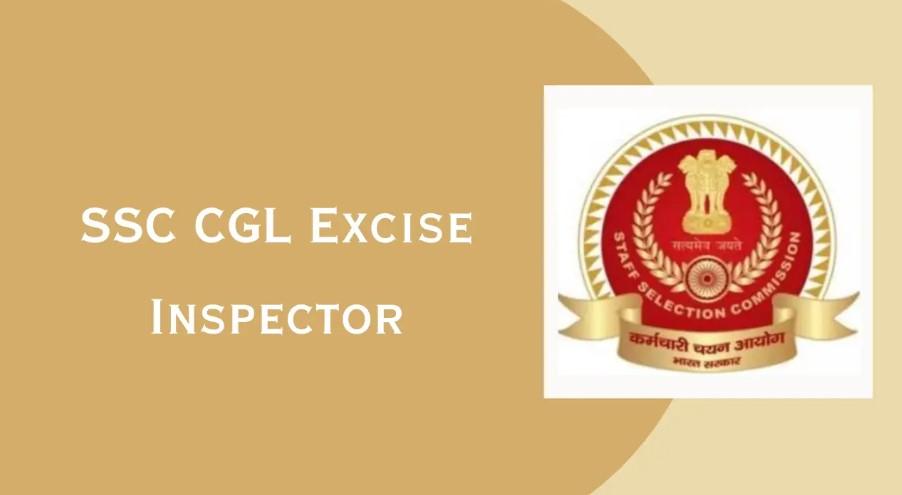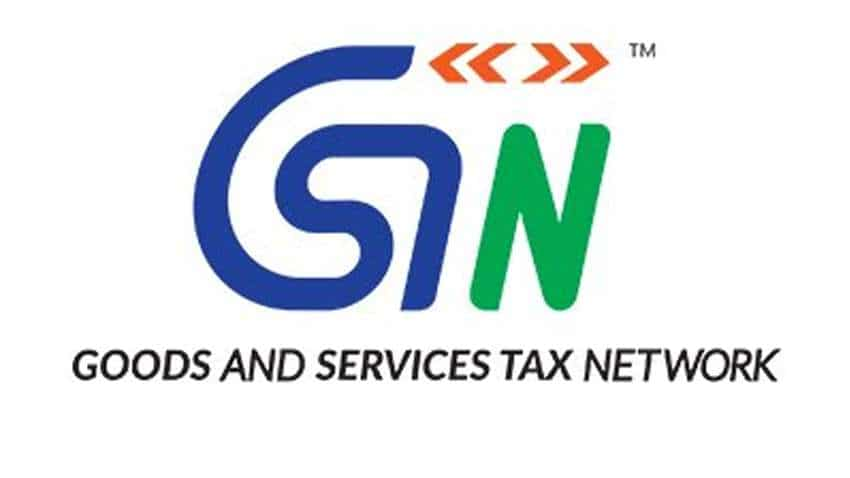The much awaited draft notification on Composition scheme for Developers and Works contractors have been released by state government on 5th July, 2014. The same has followed the earlier notification increasing the WCT rate to 5% in Haryana as decided in cabinet meetings under the chairmanship of Hon’ble Chief Minister.
(Note: – This draft notification i.e. No. Web 6/H.A.6/2003/S.60/2014 dated 5th July, 2014 and contents hereunder are not effective as on as the same is a draft notification and put up for comments / objections by stakeholder)
The draft notification essentially is characterised by four broad spectrums, these are:-
- a)Insertion of Rule 2(mmmm) in the HVAT Rules which shall govern and introduce the concept of ‘Developer’ as a separate category from Works contractor
- b)Revised Composition scheme for works contractors (other than Developers) pursuant to Rule 49.
- c)New Composition scheme for Developers by insertion of new Rule 49A
- d)Amnesty for Developers i.e. the prescribed developers shall be eligible to opt for Rule 49A retrospectively from 1st April, 2007.
Revised Composition Scheme for Works Contractors (Other than Developers) – Rule 49
1) A contractor other than developer falling under rule 49A liable to pay tax under the Act, may, in respect of works contract awarded to him for execution in the State, pay in lieu of tax payable by him under the Act on the transfer of property (whether as goods or in some other form) involved in the execution of the contract, a lump sum calculated at five per cent(Author’s Comment :- Rate increased from 4% – Effective rate post surcharge shall be 5.25%) of the total valuable consideration receivable for the execution of the contract, by making an application to appropriate assessing authority within 30 days of award of contract to him containing the following particulars
- Name of the applicant contractor
- TIN (Append application for registration, if not registered or not applied for registration)
- Name of the contractee
- Date of award of the contract
- Place of execution of the contract
- Total cost of the contract
- Period of execution
- and appending therewith a copy of the contract or such part thereof as relates to total cost and payments
2) The application shall be signed by a person authorised to make an application for registration. On receipt of the application, the assessing authority shall, after satisfying itself that the contents of the application are correct, allow the same and such contractor whose application is allowed shall be called lump sum contractor.
3) The lump sum contractor shall be liable to make payment of lump sum monthly calculated at five per cent of the payments received or receivable by him during the month for execution of the contract. The payment of lump sum so calculated shall be made within twenty one days following the close of the month after deducting there from the amount paid by the contractee on behalf of the contractor under section 24 for ‘that’ month. The treasury receipt in proof of payment made and certificate(s) of tax deduction and payment obtained from the contractee shall be furnished with the quarterly return.
4) The lump sum contractor shall file returns at quarterly intervals in Form VAT-R6 within a month of the close of the quarter and shall pay lump sum, if any, due from him according to such return after adjusting the amount paid under sub rule (3).
5) The lump sum contractor shall be entitled to make purchase of goods for use in execution of the contract both on the authority of declaration in Central form C as well as Form VAT-D1 prescribed under clause (a) of sub-section (3) of section 7 and for this purpose he shall be deemed to be a manufacturer.
6) The lump sum contractor shall maintain complete account of, declarations in Central form C and Form VAT-D1 used by him and, the utilization of the goods purchased on the authority of these forms. He shall be required to make use of declaration(s) in Form VAT-D3 for carrying goods of which he shall keep account. He shall also keep complete account of, payments receivable by him for the execution of the contract and, the payments actually received by him.
7) A lump sum contractor shall have to pay lump sum in respect of every works contract awarded to him after the award of the contract in respect of which he first elected to pay lump sum and he shall continue to pay tax in respect of contracts awarded before as if he is not a lump sum contractor.
8) A lump sum contractor may at any time by appearing before the appropriate assessing authority himself or through an authorised agent express in writing his intention to opt out of the scheme of payment of lump sum in lieu of tax payable under the Act. Such contractor in respect of the contracts awarded to him thereafter shall not be liable to pay lump sum in lieu of tax payable under the Act but in respect of the other contract(s) he shall continue to pay lump sum in lieu of tax payable under the Act till the completion of each of such contract(s).
9) A lump sum contractor may, when rate of lump sum is revised, opt out of the scheme of payment of lump sum in lieu of tax payable under the Act by appearing before the appropriate assessing authority himself or through an authorised agent within fifteen days of such revision and expressing in writing his intention to opt out of the scheme of payment of lump sum. Such contractor shall be liable to pay lump sum for the period before the revision in lump sum rate at the un-revised rate and in respect of transfer of property in any goods, whether as goods or in some other form, involved in the execution of the contract(s) thereafter he shall be liable to pay tax as a contractor not being a lump sum contractor.
10)A lump sum contractor shall be eligible to claim set off of TDS only if on the date of filing of return, he is in possession of original TDS Certificate issued to him by the person making the deductions.
11) The Excise & Taxation Commissioner shall be competent to issue the detailed guidelines, specify the procedure and the forms etc for the purpose of availing, compliance and monitoring of the above scheme.
—
About the Author:
CA Ankit Gulgulia
Author is Practicing Chartered Accountant in New Delhi/NCR and specialising in Indirect Taxes, Corporate Laws and Transfer Pricing. He can be reached atankitgulgulia@gmail.com or at +91-9811653975
DISCLAIMER: This article is provided purely for your information only and you should check other information sources before taking any action based on any of the content in this article. Neither the authors nor website hosting the article make any warranty as to the quality or currency of the information contained in any of the site’s articles.
Note : As a part of Our Quality Policy , We Don’t Publish any Restricted Material on our Website . If you have issues kindly let us know here
Related Tags CA Ankit Gulgulia, HVAT














